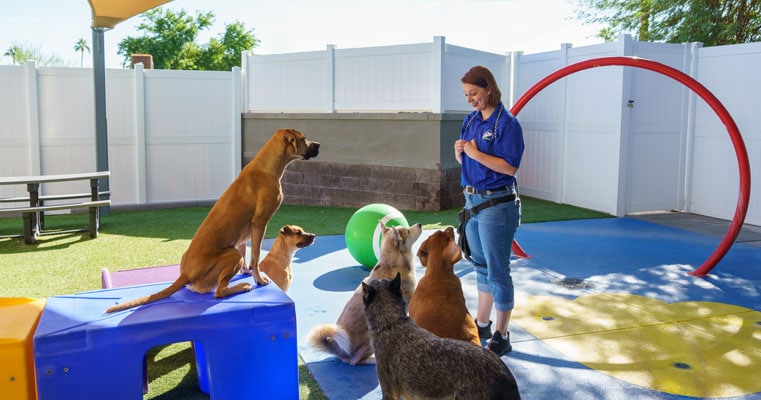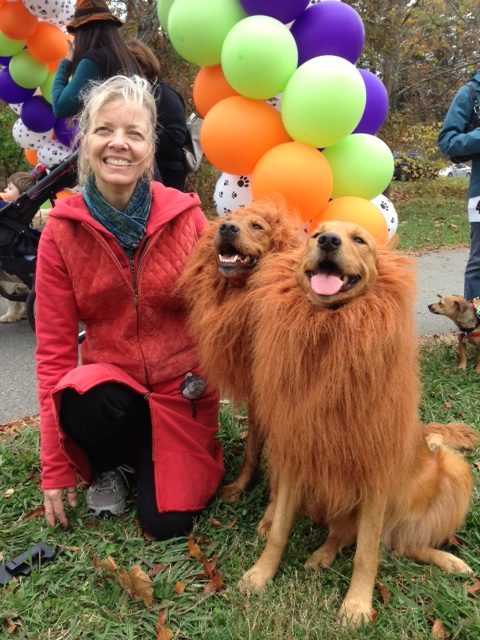The Ultimate Guide to Positive Support in Dog Training
The Ultimate Guide to Positive Support in Dog Training
Blog Article
Essential Tips for Effective Dog Training: An Overview for Animal Owners
Reliable dog training is a multifaceted process that calls for a calculated method tailored to both the pet dog's character and the owner's objectives. Understanding exactly how to navigate these barriers can dramatically enhance the training experience, ultimately changing the connection between proprietor and canine.
Comprehending Canine Actions
Recognizing pet habits is crucial for reliable training and promoting a harmonious connection between canines and their proprietors. dog training. Pet dogs communicate largely with body language, articulations, and actions, making it important for proprietors to interpret these signals precisely.

Socializing plays a considerable function in canine behavior; direct exposure to various atmospheres, people, and other animals can significantly influence a pet's personality. Variables such as type features and individual character should assist training techniques, as some types might have details behavioral attributes that necessitate tailored strategies. By comprehending these elements, proprietors can create a helpful setting that motivates favorable behavior, bring about effective training end results and a deeper bond with their family pets.
Establishing Regular Commands
Reliable interaction with your pet dog starts with establishing constant commands. This foundational component of training is essential for fostering understanding in between you and your pet. Consistency in the commands you use makes certain that your pet dog can dependably connect details words or phrases with the preferred actions.
When choosing commands, choose clear, unique words that are easy to state and differentiate from one another. Prevent using similar-sounding commands that may confuse your canine. Utilizing "sit" and "stay" is ideal, however "sit" and "hit" can lead to misconceptions.
Furthermore, maintain the same tone and quantity for each command. Pet dogs are sensitive to vocal signs, so differing your tone can create confusion.
It is similarly vital to ensure that all member of the family get on the very same page regarding the commands used. A united front in command use will protect against blended signals and strengthen the discovering process.
Favorable Support Strategies
The power of favorable support in pet training hinges on its capacity to encourage preferred habits via benefits and appreciation. This technique is based in the principle that habits complied with by desirable outcomes are more probable to be duplicated. By including positive support into your training regimen, you can successfully shape your dog's behavior in a useful way.
To carry out positive reinforcement, it's vital to identify what encourages your pet, whether it be treats, playthings, or spoken praise. When your dog performs a desired action, such as resting on command, immediately compensate them with a treat or love. This organization in between the command and the favorable result reinforces their understanding.
It's essential to timing the incentives correctly; supplying the reinforcement within secs of the desired actions aids your pet make the link (dog training). Furthermore, uniformity is key-- ensure that all member of the family make use of the exact same commands and reward systems to prevent complication

Slowly, you can minimize the regularity of treats as your dog discovers the habits, transitioning to commend or periodic incentives. This approach not only fosters a strong bond in between you and your pet dog but likewise promotes a positive discovering setting, making educating a pleasurable experience for both.
Socialization and Communication
Consistently exposing your pet dog to a variety of atmospheres, people, and various other pets is important for their social advancement. Socialization needs to start early, ideally throughout the vital home window of 3 to 14 weeks, when puppies are most receptive to new experiences. Nevertheless, older pet dogs can also gain from ongoing socialization initiatives.
Introduce your pet dog to various setups, such as parks, pet-friendly stores, and urban locations. This exposure helps them adapt to numerous stimulations, minimizing anxiety and sites concern reactions. Motivate positive interactions with various other dogs and people, making certain that these encounters are regulated and risk-free to foster confidence.
Make use of structured playdates with well-mannered canines, as this can boost your dog's social abilities and show them ideal behavior. Obedience classes and training sessions likewise supply outstanding opportunities for socialization, permitting your pet to interact with others in a monitored setting.
Screen your dog's body movement throughout interactions, as this will certainly aid you gauge their comfort degree. Slowly enhance direct exposure to even more difficult circumstances dig this while ensuring that each experience declares. A well-socialized canine is more most likely to display balanced actions, making them a delight to have in any setup.
Attending To Typical Training Challenges
Every canine proprietor will certainly come across training difficulties eventually, no matter their canine's age or socialization level. Identifying typical problems such as stubbornness, interruptions, and terror can assist in creating reliable strategies for improvement.

Disturbances during training sessions can derail focus. To combat this, begin training in a peaceful atmosphere with marginal stimulations. Progressively introduce diversions as the dog comes to be extra competent in commands. Short, constant training sessions are likewise efficient in keeping attention.
Fearfulness can hinder a dog's discovering procedure. Steady desensitization to the resource of anxiety, combined with favorable support, can assist minimize stress and anxiety. Persistence is crucial; never compel a pet dog right into a situation that triggers distress, as this might worsen the concern.
Inevitably, understanding and dealing with these usual challenges with a structured method will foster an extra effective training experience, strengthening the bond between pet and owner while promoting efficient learning.
Conclusion
In summary, successful pet dog training relies upon a comprehensive understanding of canine actions, the establishment of consistent commands, and the application of positive support techniques. Socializing plays an essential function in creating well-adjusted pets, while attending to common training difficulties calls for perseverance and versatility. By carrying out these important strategies, pet owners can promote a strong bond with their pets and advertise preferable habits, inevitably bring about an unified relationship between human beings and their canine buddies.
Understanding pet behavior is crucial for effective training and fostering a harmonious connection between dogs and their owners.Socializing plays a substantial duty more in canine actions; direct exposure to various atmospheres, individuals, and other animals can substantially affect a pet dog's personality.The power of favorable reinforcement in dog training exists in its capacity to motivate preferred habits via benefits and appreciation. By including positive reinforcement into your training regimen, you can properly shape your canine's actions in a useful fashion.
In summary, successful pet training counts on a comprehensive understanding of canine behavior, the establishment of constant commands, and the application of positive reinforcement techniques.
Report this page